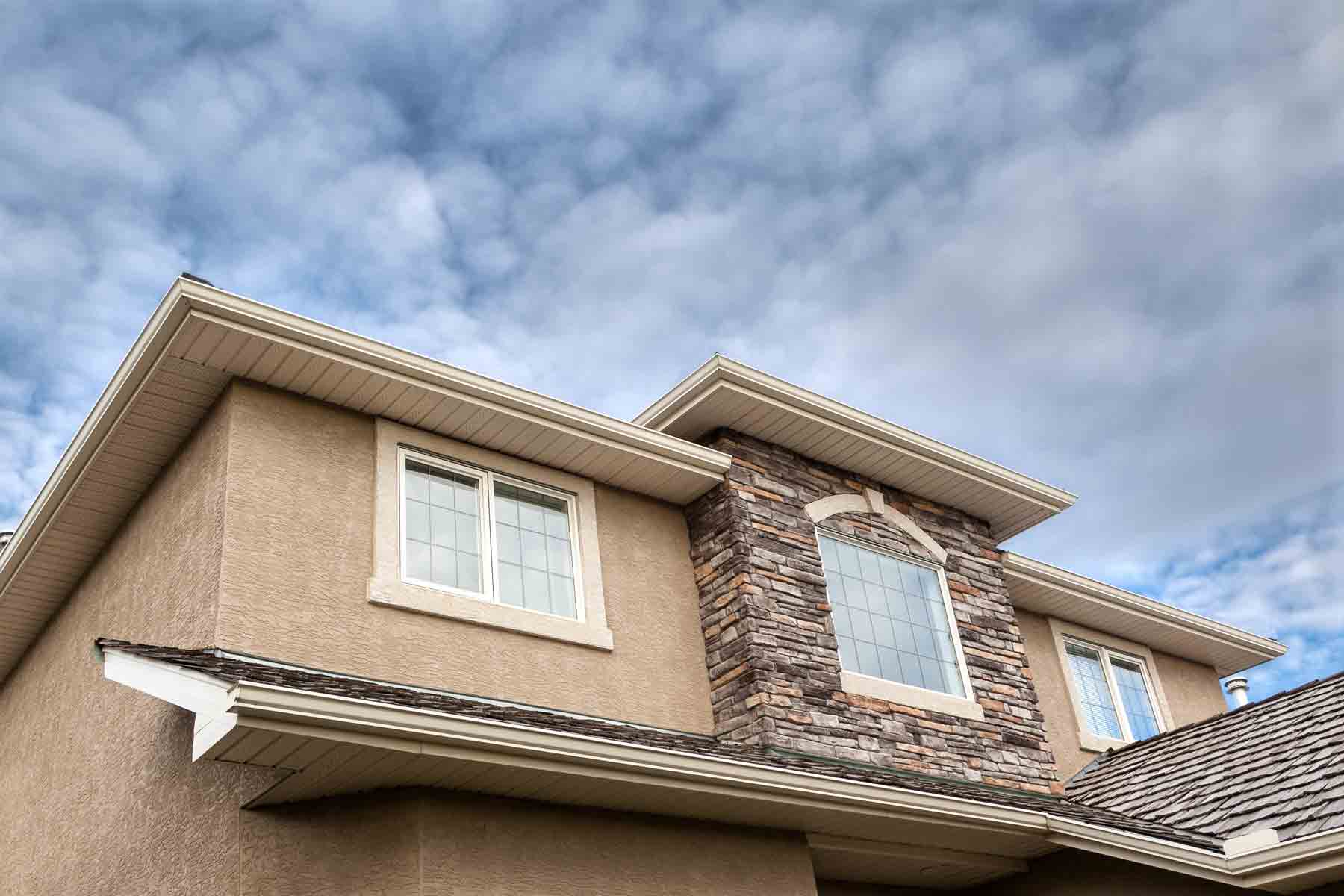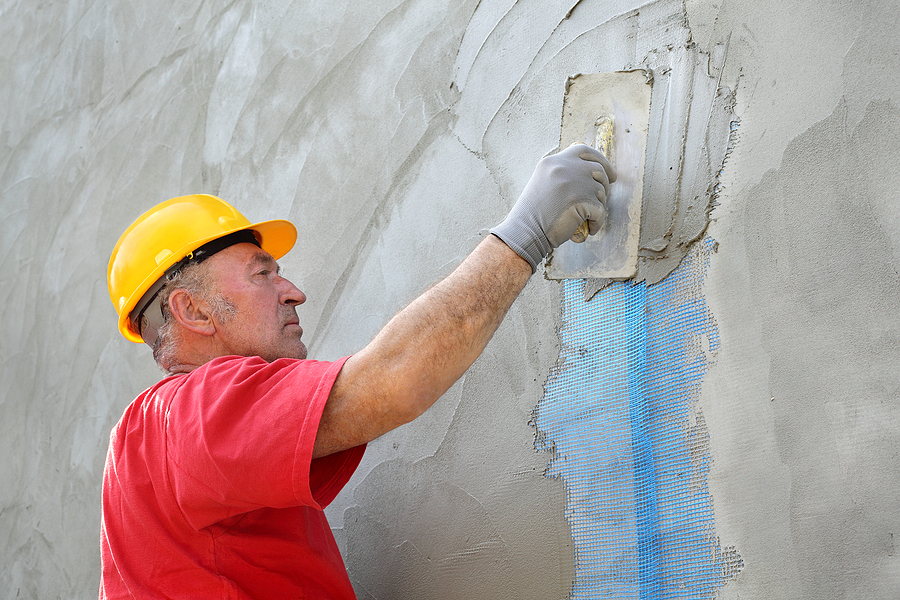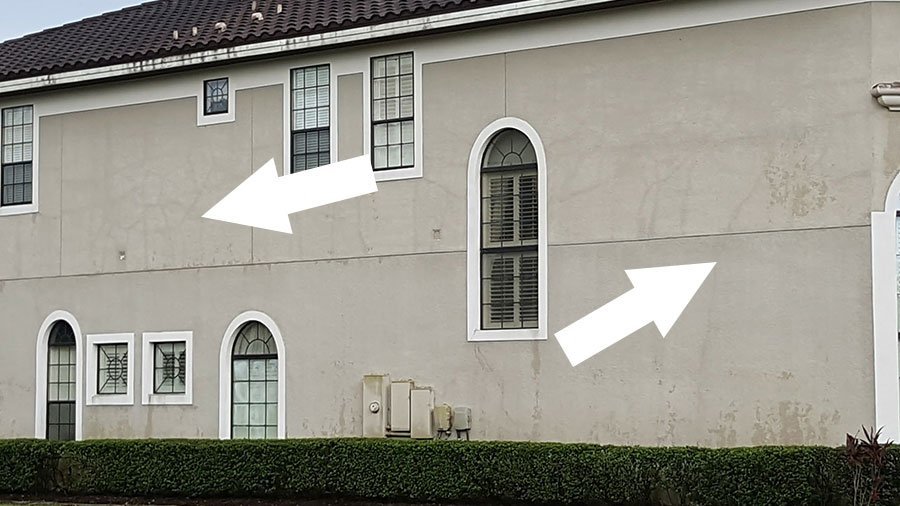What to Try to find in a Highly-Rated Stucco Contractor for Your Residential property
What to Try to find in a Highly-Rated Stucco Contractor for Your Residential property
Blog Article
Exploring the Adaptability of Stucco in Modern Style
Stucco has long been acknowledged for its aesthetic charm and flexibility, yet its role in contemporary architecture warrants a better exam. By exploring its cutting-edge applications, from striking facades to energy-efficient styles, one can value how stucco is redefining the borders of architectural expression.
Historic Significance of Stucco
The historical value of stucco is profound, as it has played a pivotal role in building techniques throughout various cultures for centuries. Stemming in old civilizations, stucco was used by the Egyptians and Greeks as a functional and resilient surface for both indoor and outside surface areas. Its versatility to different climates and capacity to resemble a lot more expensive materials made it a preferred option.
In the Roman era, stucco became a main ornamental component, used thoroughly in public structures, vacation homes, and temples. The Romans fine-tuned the application techniques, permitting for complex designs and alleviation sculptures. During the Renaissance, stucco experienced a rebirth, specifically in Italy, where it was employed in intricate exteriors and ornamental details, showcasing the creativity of the duration.

Modern Applications in Layout
Stucco has discovered renewed relevance in contemporary style as a result of its convenience and visual charm (stucco contractor). This standard product is progressively made use of in contemporary style, bridging the void in between timeless and modern-day looks. Developers and engineers value stucco for its versatility, enabling it to be used in numerous designs-- from minimalist structures to clarify Mediterranean styles
In residential jobs, stucco uses a clean, seamless finish that enhances the visual communication of facades. Its capacity to satisfy different shapes and surfaces makes it an excellent selection for both brand-new building and constructions and restoration projects. Additionally, stucco's longevity and reduced upkeep demands add to its growing popularity in city setups, where long-lasting materials are vital.
Industrial applications have actually also embraced stucco, with lots of services choosing this material to produce welcoming and unique stores. The usage of stucco in public structures, such as schools and area centers, showcases its potential for creating visually enticing environments while supplying exceptional insulation homes.
Shade and Structure Advancements
Checking out shade and appearance developments in stucco has opened up brand-new methods for designers and designers, boosting the product's aesthetic influence in contemporary construction. Current innovations in pigment modern technology have enabled a broader range of colors, enabling developers to develop striking exteriors that incorporate perfectly with their environments or attract attention as bold building declarations. This adaptability in color selection supplies designers the ability to stimulate certain psychological reactions and harmonize with local aesthetic appeals.
Appearance developments have actually likewise transformed stucco applications. Techniques such as shoveling, splashing, and marking have brought about diverse surface area finishes, ranging from smooth and improved to tactile and sturdy. These variations not just add to the building's personality but likewise play a critical duty in light communication, boosting the visual that site deepness and dimensionality of surface areas.
Additionally, the intro of synthetic stucco options has expanded style possibilities, using improved resilience and weather condition resistance while maintaining aesthetic allure. As architects remain to experiment with cutting-edge color combinations and distinctive finishes, stucco continues to be a pivotal element in contemporary design, showcasing the material's flexibility and classic importance in modern design.
Sustainability and Power Effectiveness
Technologies in shade and appearance have not just enhanced the aesthetic allure of stucco yet also paved the method for better emphasis on sustainability and energy efficiency in modern-day architecture. As environmental issues end up being increasingly popular, the construction industry is turning its attention to products that contribute favorably to environmental balance.
Stucco, composed primarily of natural materials such as lime, sand, and concrete, provides a lasting option to even more resource-intensive structure products. Its longevity and durability decrease the demand for regular substitutes, thus lessening waste and resource usage with time. Furthermore, modern-day stucco formulas commonly consist of energy-efficient additives that improve insulation homes, minimizing heating & cooling expenses for structures.
The reflective qualities of stucco can likewise be crafted to mitigate warm absorption, adding to cooler indoor atmospheres and much less reliance on fabricated environment control systems. By advertising energy preservation and lowering the carbon footprint of structures, stucco straightens with useful link the principles of sustainable architecture. As architects and building contractors embrace environment-friendly methods and ingenious methods, stucco sticks out as a liable and flexible choice in contemporary design.

Study of Stucco Projects
The convenience of stucco as a building product is exemplified in different successful architectural tasks that highlight its functional and aesthetic benefits. One remarkable instance is the restoration of the historic Casa de la Guerra in Santa Barbara, The Golden State. The use of stucco not just maintained the building's Spanish Colonial Revival design however likewise boosted its toughness and climate resistance, making certain durability while maintaining building integrity.
Another engaging instance is the modern residential job, the Cactus Home in Scottsdale, Arizona. stucco contractor. This striking home features a smooth stucco finish that integrates with the surrounding desert landscape. The stucco's light shade shows warmth, adding to power performance, while the distinctive surfaces add visual passion
Additionally, the Kings Cross redevelopment in London showcases the versatility of stucco in city setups. The application of stucco on modern-day mixed-use buildings develops a cohesive aesthetic that respects historical context while accepting modern design principles.
These site here study demonstrate how stucco can offer various building objectives, from conservation and energy effectiveness to visual improvement, making it a versatile choice in contemporary architecture.
Conclusion
 In final thought, stucco's historic value and modern-day flexibility make it a useful product in modern style. Its ability to harmonize classic aesthetics with cutting-edge layout, incorporated with developments in color and texture, enhances its allure. Furthermore, stucco's protecting homes contribute to energy performance, while its lasting characteristics align with current ecological priorities. As demonstrated through various situation studies, stucco continues to play a crucial function fit the building landscape of the modern-day era.
In final thought, stucco's historic value and modern-day flexibility make it a useful product in modern style. Its ability to harmonize classic aesthetics with cutting-edge layout, incorporated with developments in color and texture, enhances its allure. Furthermore, stucco's protecting homes contribute to energy performance, while its lasting characteristics align with current ecological priorities. As demonstrated through various situation studies, stucco continues to play a crucial function fit the building landscape of the modern-day era. 
In final thought, stucco's historical value and modern flexibility make it an important material in contemporary design.
Report this page